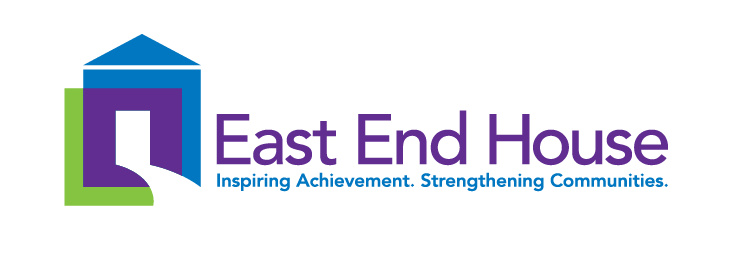East End House stands with our community and against racism and white supremacy.
As we struggle with our own emotions of outrage and anger following yet another murder of a black person at the hands of police, we also find ourselves in the midst of a pandemic that has disproportionately affected people of color through higher infection rates and greater economic burden. These two things are not separate—they are both the predictable result of hundreds of years of systemic racism that has placed a huge weight on the scales of power tilted against people of color. Racism is not an abstract concept—it is the thing that tips the balance of power and creates the conditions that make it inevitable for people of color to bear heavier burdens in nearly all aspects of life, and in too many cases death.
East End House was founded as a settlement house in late 19th century and holds the values of mutual respect, acceptance and love as core to our mission. This means standing with and walking with people of color to balance the scales of power is the only way to truly achieve equity. We know we don’t always get it right and we can’t promise to get it right every time going forward. But we commit to showing up with our neighbors each and every day to fight for an equitable future.
One way to start is to talk to your children about racial injustice. Bias takes shape as early as age 2, so having the conversation about injustice with children of all ages is important. We cannot stop there. We must work to change the conditions present in all aspects of our society that hold the status quo in place—a status quo that tips the scales of power away from people of color to the detriment of all of us.
We invite you to walk beside us and lead with us in this hard, but vital work. We all have power and we can all make a difference. East End House stands committed to tearing down structural racism in any way we can.
One example of how middle school youth in East End House’s program are fighting against hate and bias is a project funded by CHNA 17. Click here to read a case study of East End House and two other out-of-school-time programs.




